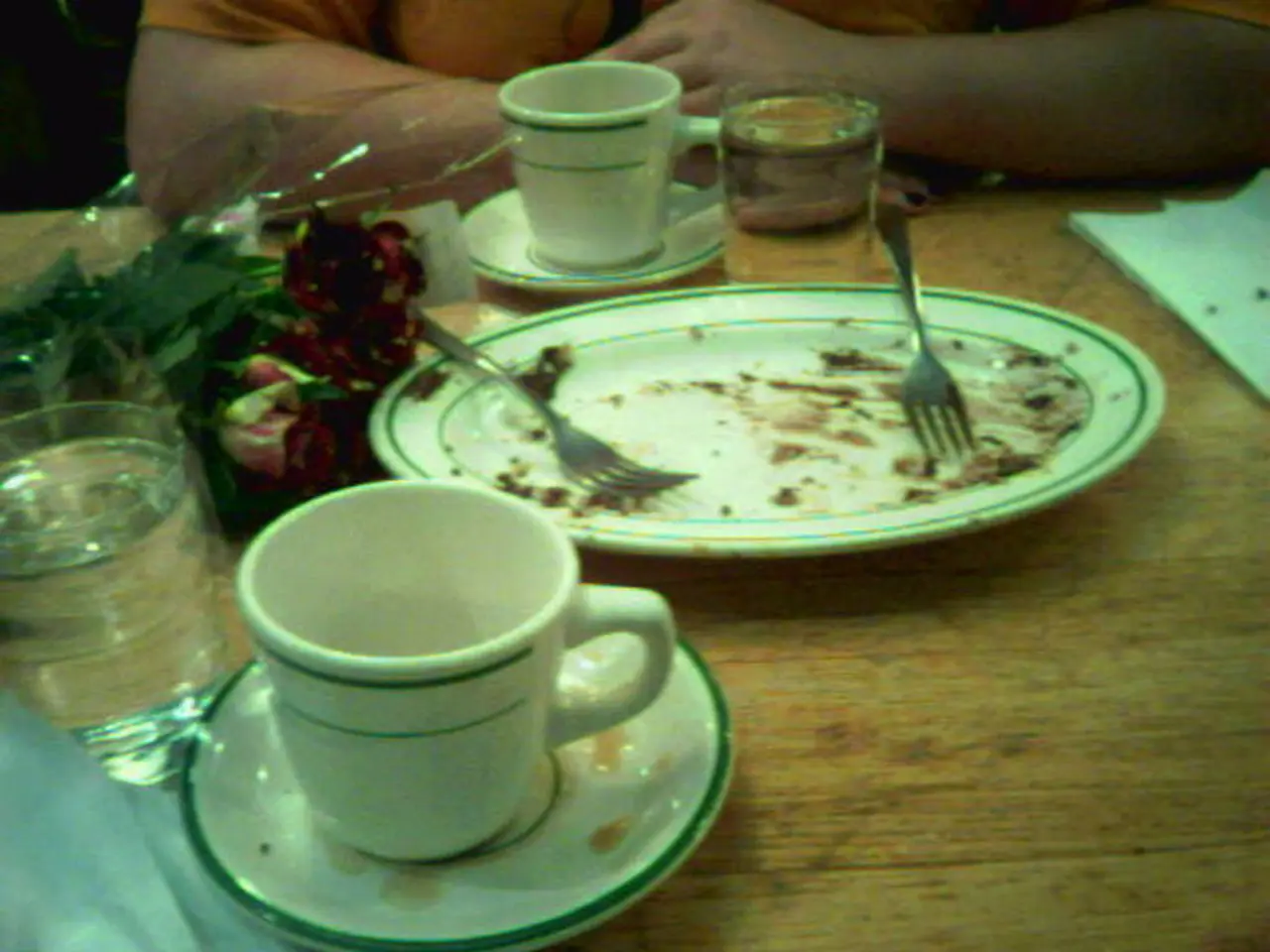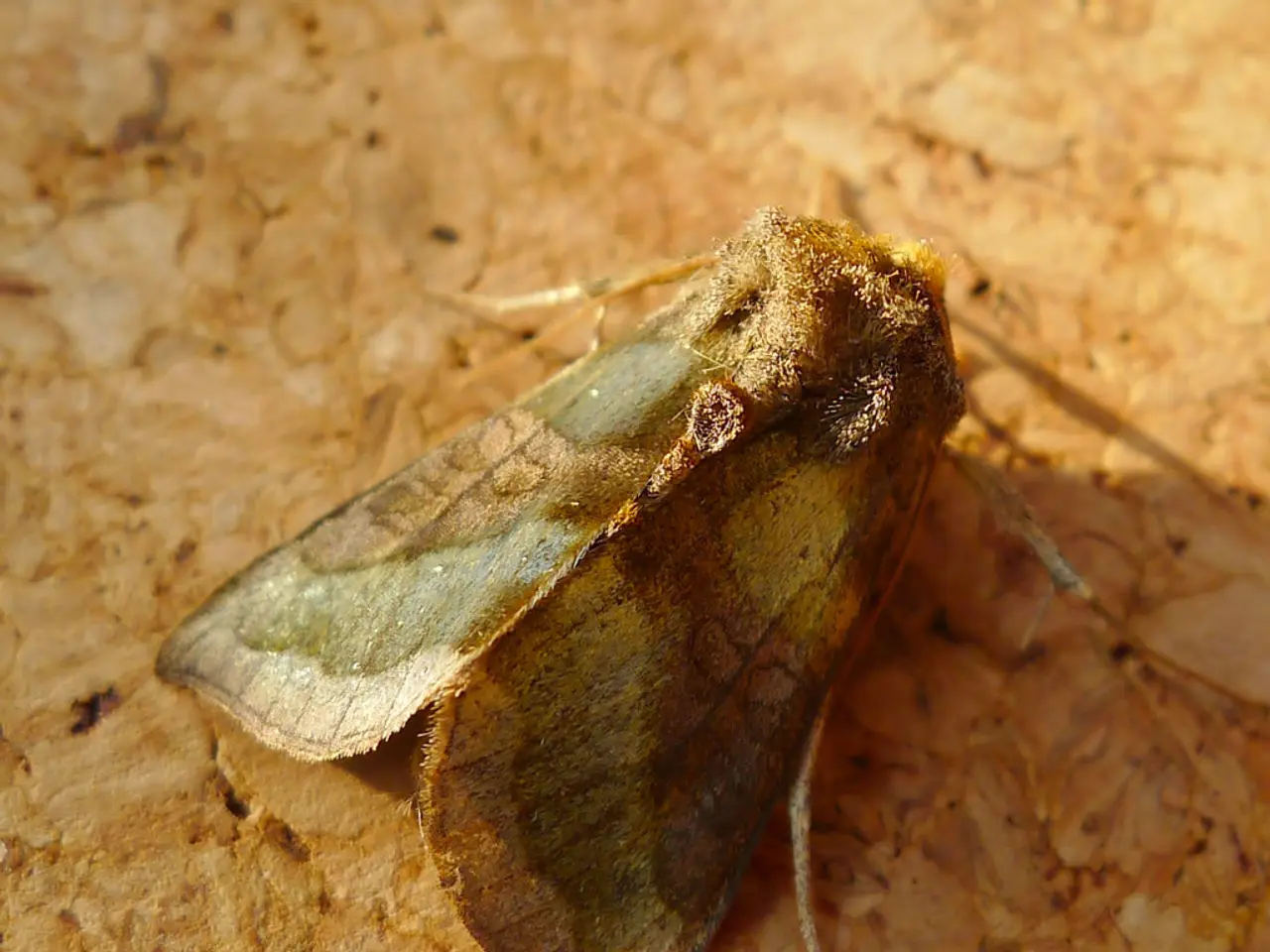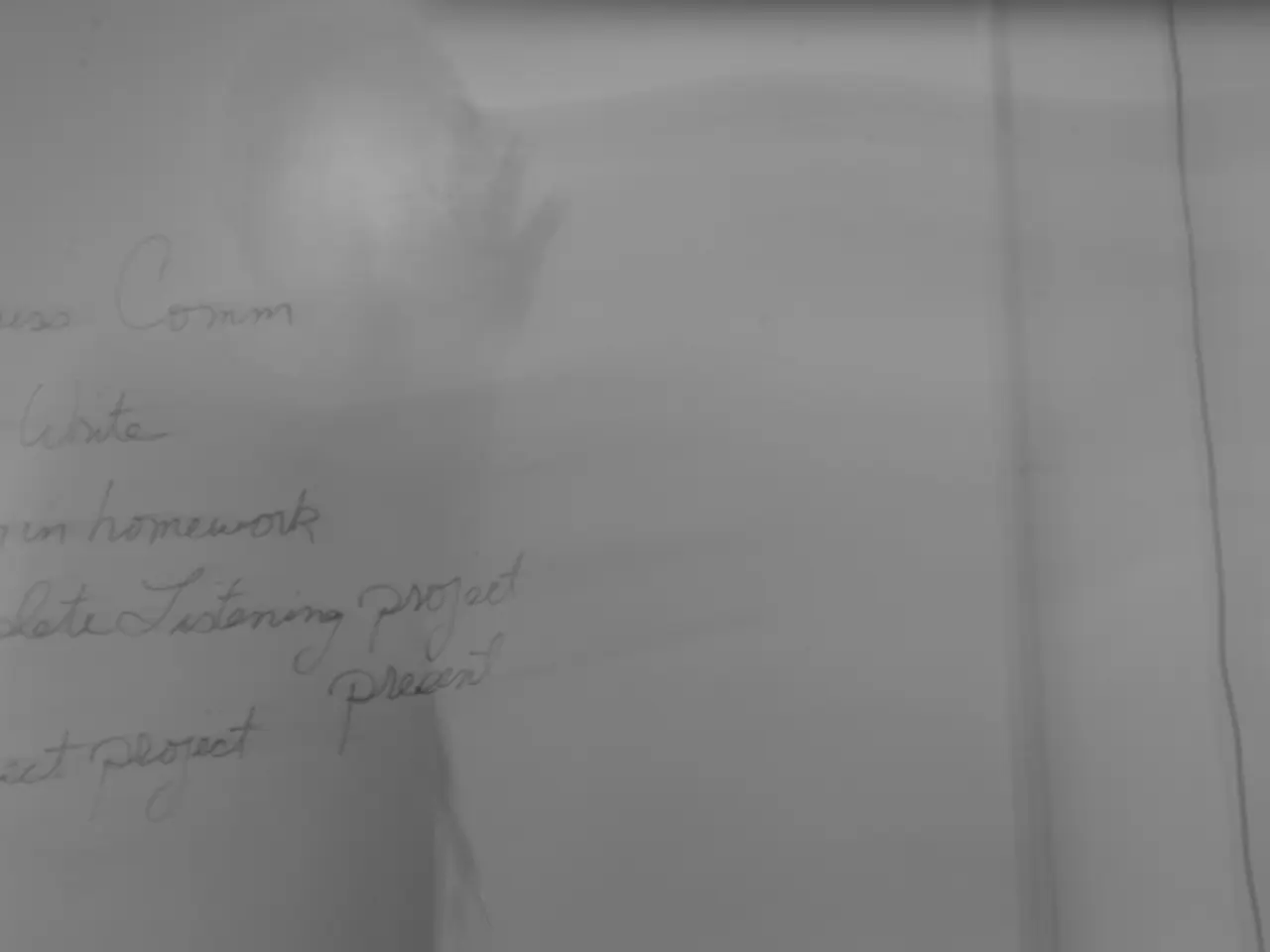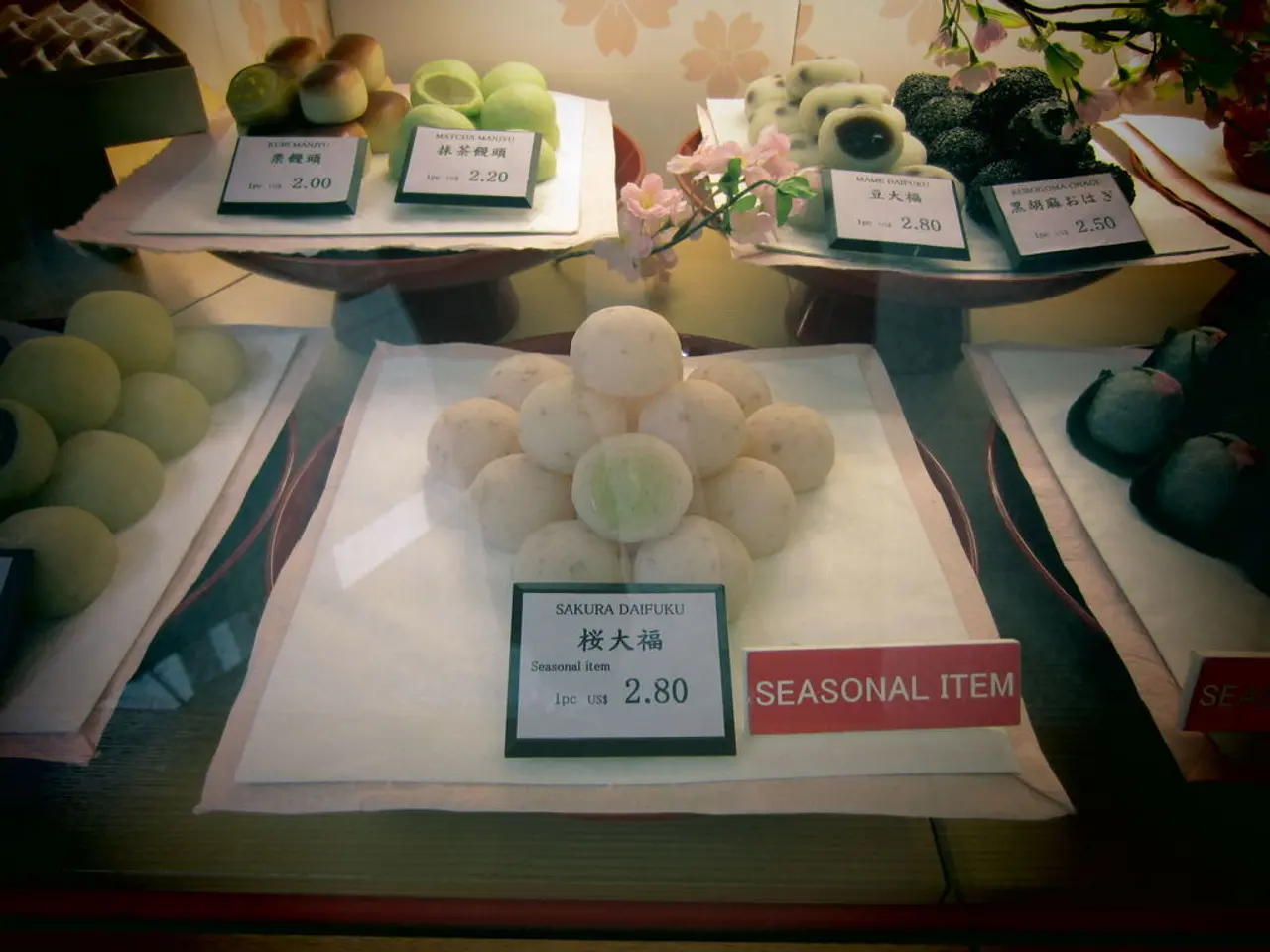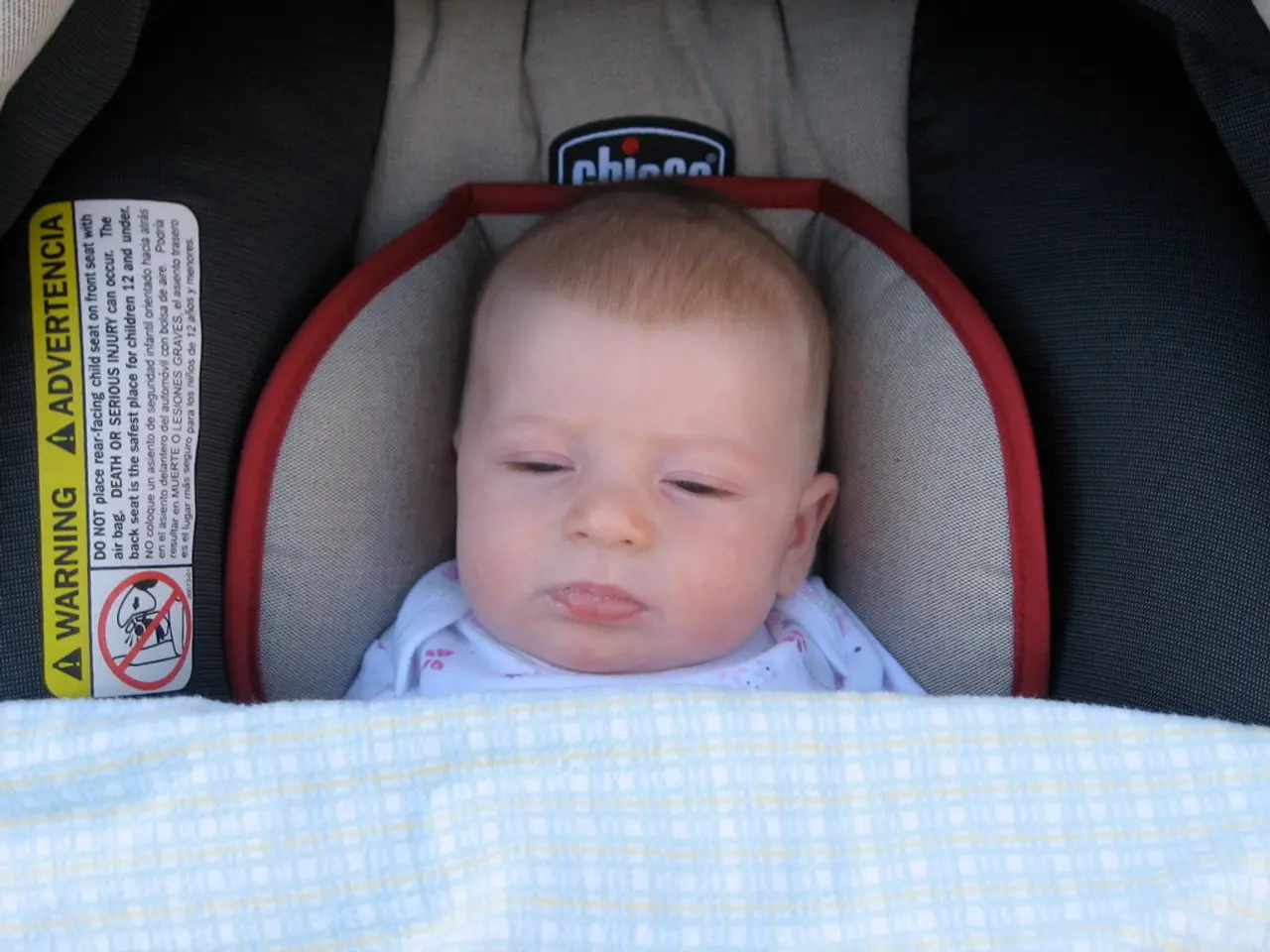Fun and Engaging Science Projects for Young Children
Preschoolers are naturally curious about the world around them, and teaching science at this age can help spark that curiosity and foster a sense of wonder about the natural world. Here are some simple, engaging, and educational science experiments that are perfect for preschoolers.
Magic Milk Experiment
Pour whole milk into a shallow dish, add a few drops of food coloring, and touch it with a cotton swab dipped in soap. Watch as the colors swirl and mix, a fascinating demonstration of surface tension and fat molecules in milk. This experiment uses milk, food coloring, soap, and a cotton swab.
Balloon and Static Electricity
Rub a balloon on your hair or wool, then use it to move small paper pieces or bend a water stream. This experiment introduces static electricity and requires only a balloon and paper or water.
Dancing Raisins
Drop raisins into soda and watch them rise and fall as bubbles lift them. This simple experiment teaches buoyancy and gas behavior and requires only raisins and soda.
Water and Marbles Sensory Bin
Fill a bin with water and add marbles plus spoons or containers for scooping and pouring. This sensory activity reinforces fine motor skills and engages touch and sight.
Homemade Lava Lamp
Combine safe household ingredients (oil, water, food coloring, and effervescent tablets) to create moving colorful blobs in a bottle. This experiment engages sight and introduces density and chemical reactions.
These experiments are quick, easy, and use common household or easily found supplies, making them ideal for preschool sensory engagement and early science exploration.
Gravity concepts can be explored with simple household objects, while rainbows can be made by playing with various ways to separate light. The Preschool STEM Bundle includes sensory bins, experiments, games, and more, with easy supplies and book suggestions.
The four seasons can be explored with printable worksheets, and the water cycle can be demonstrated up close with the Water Cycle In A Bottle activity. Tornadoes can be studied safely with Tornado In A Bottle, and the bridge building activity is an engineering project for young kids.
Encouraging questions and providing simple explanations is important for preschool science learning. Patience, repetition, and a nurturing environment are also crucial. Hands-on activities, experiments, and picture books are essential for preschool science learning.
Some other fun activities include exploring the density of liquids, making a toy zipline for LEGO mini-figures, and Name The Weather activity, which includes a free weather playdough mat set. What dissolves in water can be explored with items from the pantry, and shadows can be explored in several ways, including body shadows and animal shadow puppets.
Ramps and friction can be explored with toy cars and homemade ramps, and the solid, liquid, gas experiment uses few supplies to demonstrate states of matter. Mirrors and reflections have wonderful play and learning possibilities.
Ice melt science can be observed with various themes, and science activities are available for toddlers, kindergarten, elementary, 1st grade, 2nd grade, 3rd grade, and preschoolers by season. Fostering a sense of wonder and excitement about the natural world is key to preschool science learning, and these activities are a great way to do just that.
[1] https://www.education.com/science-fair/article/preschool-science-experiments/ [2] https://www.activityville.com/preschool-science-experiments/ [3] https://www.kidzactivities.net/preschool-science-experiments/ [4] https://www.sciencekids.co.nz/experiments/homemade_lava_lamp.html
- Preschoolers naturally display curiosity about the world, and teaching science at this age can help foster a sense of wonder about the natural world.
- The Magic Milk Experiment, with milk, food coloring, soap, and a cotton swab, demonstrates surface tension and fat molecules in milk.
- The Balloon and Static Electricity experiment introduces static electricity using only a balloon and paper or water.
- Dancing Raisins, using raisins and soda, teach buoyancy and gas behavior.
- A Water and Marbles Sensory Bin, filled with water and marbles, engages fine motor skills and sight.
- A Homemade Lava Lamp, combining safe household ingredients, demonstrates density and chemical reactions.
- Gravity concepts can be explored with simple household objects, while rainbows can be made by experimenting with light separation.
- The Preschool STEM Bundle includes sensory bins, experiments, games, and book suggestions, using easy-to-find supplies.
- The four seasons can be explored with printable worksheets, and the water cycle can be demonstrated up close with the Water Cycle In A Bottle activity.
- Tornadoes can be studied safely with Tornado In A Bottle, and the bridge building activity serves as an engineering project for young kids.
- Encouraging questions and providing simple explanations is essential for preschool science learning.
- Hands-on activities, experiments, and picture books are crucial for preschool science education.
- Other fun activities include exploring the density of liquids, making a toy zipline for LEGO mini-figures, and the Name The Weather activity, which includes a free weather playdough mat set.
- Ice melt science can be observed with various themes, and science activities are available for toddlers, kindergarten, elementary, 1st grade, 2nd grade, 3rd grade, and preschoolers by season. Links for more resources can be found at [1], [2], [3], and [4].
